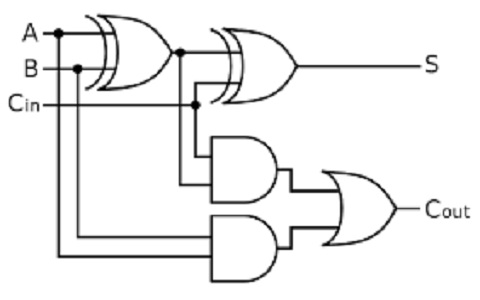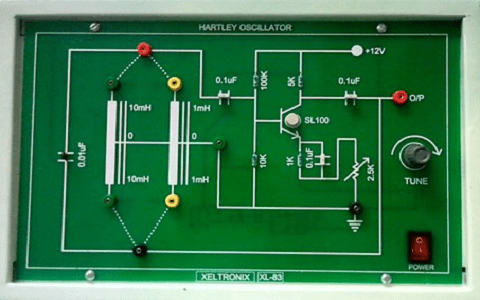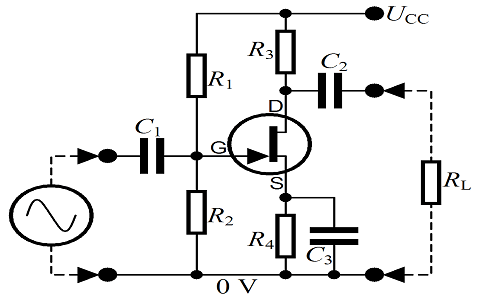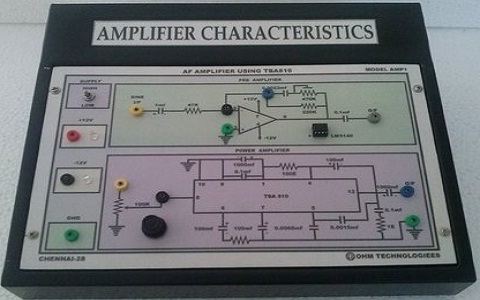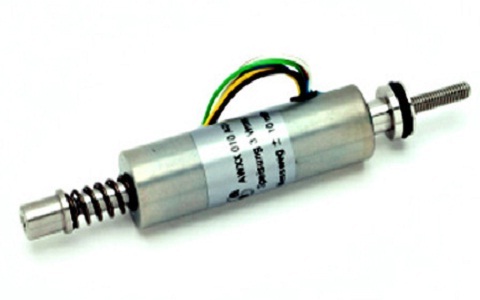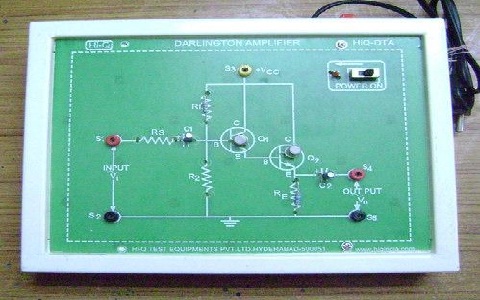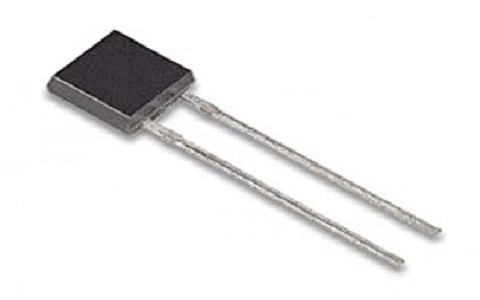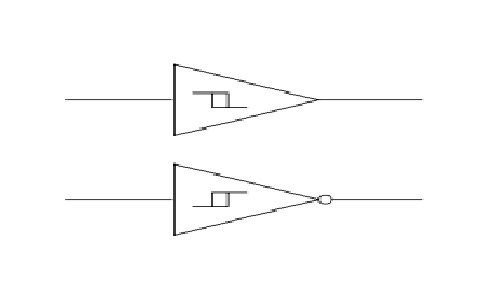Nowadays, digital electronic devices have a wide impact on our living. In our day to day activities, we use cell phones, PDA's, and many more. These comprise comparators, Dividers, Adders, etc. The functionality and performance of this mainly depend on how efficiently these basic circuits operate. Full adder is beneficial in terms of the addition of multiple bits. Each circuit has its advantages and limitations based on the power supply and the propagation delay. Full Adder is the basic … [Read more...]
What is Snell’s Law : Definition & Its Derivation
Initially, Ptolemy a scientist from Alexandria discovered the relation that exists between refraction angles, but his invention failed for a minimal range of angles. In the scope of this Alhazen invented the law of refraction and finally, it was named Snell by the Persian researcher Ibn Sahl. After this many inventors worked upon this law to know the exact principle of this law. Finally, with the enhancement of various electromagnetic and optical concepts, Snell’s law was brought into the modern … [Read more...]
What is Hartley Oscillator : Working and Its Applications
An electronic oscillator in which the oscillator frequency is determined through a tuned circuit consisting of inductors and capacitors is called the Harley oscillator. The invention of the Harley oscillator circuit was done in 1915 by Ralph Hartley, an American engineer. This oscillator is a type of harmonic oscillator. The Hartley Oscillator produces the waves of radio frequencies therefore it is also referred to as radiofrequency oscillators. The tank circuit of the oscillator having a … [Read more...]
What is Common Source Amplifier : Working & Its Applications
In electronic circuits, amplifiers are used to increase the strength or amplitude of the input signal without any phase change and frequency. Amplifier circuits are made up of either FET (Fied Effect Transistor) or normal bipolar junction transistor-based on their 3 terminals. The advantage of amplifier circuit using FET over BJTs is used as small-signal amplifiers because they produce high input impedance, high voltage gain, and low noise in the input signal. FET is a voltage-controlled device … [Read more...]
What is Transformer Coupled Amplifier & Its Working
In multi-stage amplifiers, coupling devices are used to connect different stages of transistor circuits in cascade. When the output of the first stage is connected to the input of the second stage through a coupling/coupled device, then it is referred to as a coupled amplifier. The coupling devices would be a transformer or resistor or capacitor. Based on these devices, there are different types of coupling amplifiers/coupled amplifiers such as Direct-coupling amplifier, RC coupled amplifier, … [Read more...]
What is an Inductive Transducer : Working & Its Applications
A device that can convert one form of energy into another form is called a transducer. That means a transducer has the ability to convert a signal of one form to another form. These are mainly used for automation, measurement, and control systems because the electrical signal needs to be converted to physical quantities like force, torque, motion, etc. An electric motor, solar cell, incandescent bulb, microphone, etc are examples of transducers. A transducer can be electrical or mechanical. An … [Read more...]
What is RGB LED : Circuit & Its Working
The term LED stands for Light Emitting Diode. In electronic circuits, the LED is a type of PN-junction semiconductor diode, which can emit light when current flows through the circuit in the forward direction. This indicates whether the electronic device is working or not. LEDs are widely used in various applications such as in cars, bikes, home appliances, offices, lighting, mobiles, televisions, etc. Usage of Multi-colored LEDs in the device reduces, cost, power and emits more than one colored … [Read more...]
What is Cascode Amplifier : Circuit & Its Working
Cascode is a technique implied to improve the performance of the analog circuits. The same technique can be applied to transistors and the vacuum tubes to make the circuit better performance-wise. The word cascode is initiated in the year 1939 by Frederick Vinton Hunt's and Roger Wayne Hickman's article during the discussion of voltage stabilizer applications. The discussion was about to propose a method to replace the pentode by cascoding two triodes. In cascoding, two transistors are used e … [Read more...]
What is a Varactor Diode : Working & Applications
In the digital electronic circuits, one of the basic essential devices is diodes. A diode consists of two terminals. These two terminals connected to the supply results in conduction. The way the terminal sare connected makes it classified as a forward-biased diode or reverse-biased diode. In forward bias, the diode allows the current to flow through it. During reverse bias, it blocks the flow of current. This reverse biasing is used in the case of the varactor diode. Based on the c … [Read more...]
What is Schmitt Trigger : Circuit & Its Working
A comparator circuit with a large gain of open-loop requires a small amount of noise to trigger the circuit. If such comparators are used as zero-crossing detectors and get affected by false triggering leads to unnecessary problems. This may lead to the false indication of zero crossings of the noise signal rather than the actual signal. This unnecessary switching of levels can be avoided by using a circuit known as Schmitt trigger. This circuit was invented by the scientist in America otto H. … [Read more...]
- « Previous Page
- 1
- …
- 18
- 19
- 20
- 21
- 22
- 23
- Next Page »
